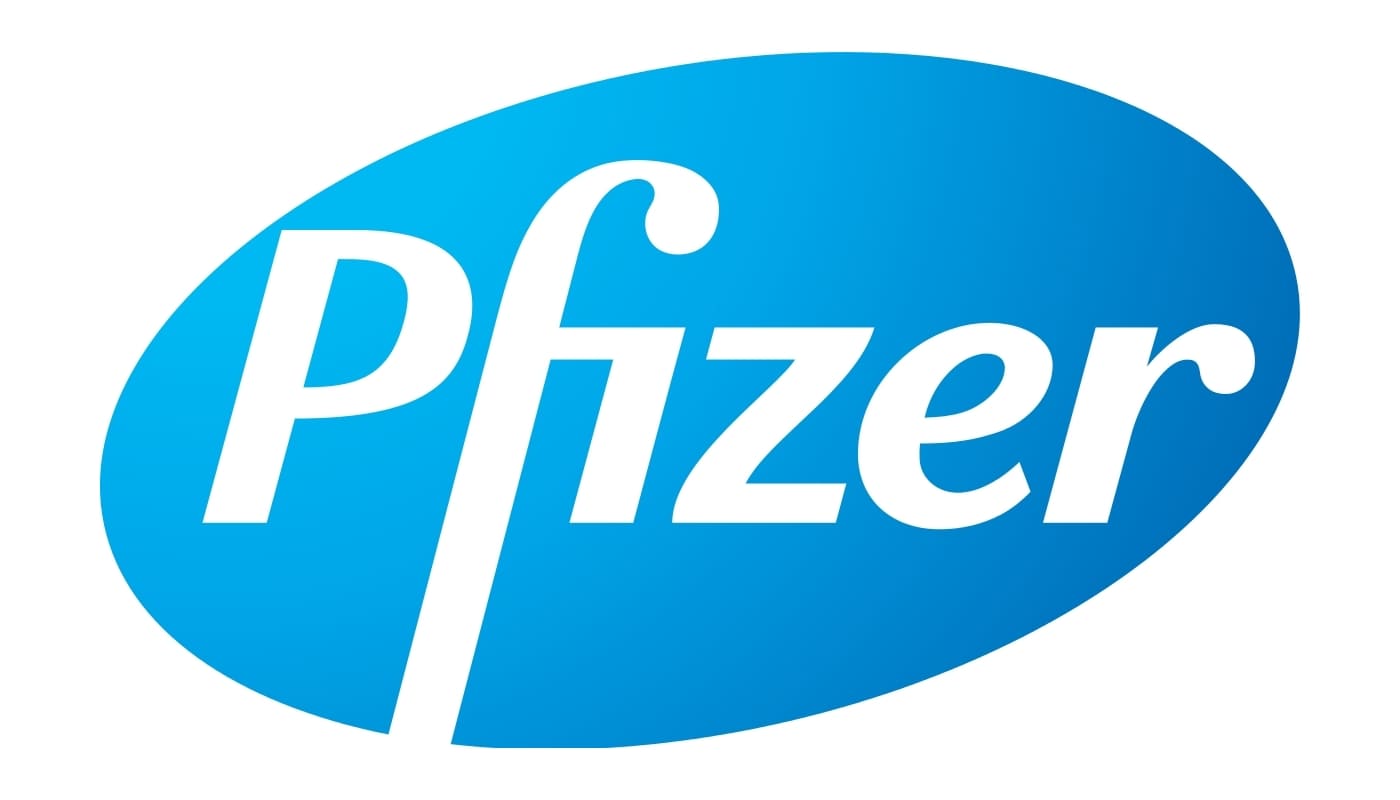

Category: C


Royal Mail 2nd Class / Parcel Force 48
UK to UK :Normally arrives in 2-4 business days.
UK to Ireland :Normally arrives in 4-6 business days
UK to EU Countries : Normally arrives in 6-10 working days depending on where the parcel is going
Please note standered delivery is none trackable , none insured , no responsabily for lose or Damage
----------------------------------------------------------------------------------------------------------------

Royal Mail First Class / Parcel Force 24
UK to UK :Normally arrives in 1-2 business days.
UK to Ireland 3-4 business days
UK to EU Countries : Normally arrives in 6-10 working days depending on where the parcel is going
Please note :Trackable , Royal Mail insured up to £50.
--------------------------------------------------------------------------------------------------------
Parcel Force Express AM Guaranteed before Midday.
UK to UK only . UP to 5KG Max Weight
Arrives next day before 12 noon, requires a signature.
Parcel Forcel Terms & Conditions apply
Important: Parcel Force advise that there are some postcodes where an extended delivery time exists, and may affect the date of delivery or the service is not available.
| Category | POM-VPS |
| Temperature | Refrigerated |
| MA/VM/EU No: | 42058/4023 |
| Species |
|
| VMD Link | https://www.vmd.defra.gov.uk/ProductInformationDatabase/product/A003732 |
| NOAH Link | https://www.noahcompendium.co.uk/?id=-456739 |
| Dosage | Dose Sheep and lambs over 8 weeks of age: 5 ml initial dose followed by a 2 ml dose 6 weeks later. Lambs 2–8 weeks of age, from unvaccinated ewes or ewes of unknown vaccination status: 2 ml initial dose followed by a second dose 4–6 weeks later. Cattle of all ages: 5 ml initial dose followed by a second 5 ml dose 6 weeks later. Revaccination A single dose (2 ml for sheep, 5 ml for cattle) should be administered at 12 month intervals. Administration By subcutaneous injection preferably in the loose skin on the side of the neck, observing aseptic precautions. Shake thoroughly before use. Syringes and needles should be sterilised before use and the injection should be made through an area of clean, dry skin, taking aseptic precautions against contamination. Vaccination programme Sheep: The vaccine course should be completed at least two weeks before maximum immunity is required. This may be either a period of risk or in pregnant ewes during lambing. Use during pregnancy: In lambing flocks, to ensure maximum protection of the lambs until 12 weeks of age, previously vaccinated ewes are best injected 2 weeks before lambing is due to commence. However, provided lambing in the group will not extend beyond a 6 week period, previously vaccinated pregnant ewes may be injected at any time from 6 to 2 weeks before the group is due to commence lambing. Lambs: Lambs born from fully vaccinated ewes should not be given their first dose of Covexin 8 until 8 to 12 weeks of age, since the presence of maternally derived antibodies may interfere with the response to C. tetani and C. novyi type B. Lambs born from unvaccinated ewes may be given their first dose of Covexin 8 from 2 weeks of age. Cattle: The vaccine course should be completed at least two weeks before maximum immunity is required. This may be either a period of risk or in pregnant cattle before calving. Use during pregnancy: For passive protection of calves, previously vaccinated pregnant cattle should be vaccinated during the period 2-8 weeks before calving. Calves: For an optimum immune response, calves from cows vaccinated during pregnancy should not be vaccinated until 8-12 weeks of age. |
| Withdrawals | The effectiveness of the vaccine in providing passive immunity to young lambs and calves depends on these animals ingesting adequate amounts of colostrum on the first day of life. No side effects other than those listed below are expected when the vaccine is used between 8 and 2 weeks prior to parturition. In the absence of specific data, the use of the vaccine during the first or second trimester of pregnancy should be avoided. Avoid stress in pregnant ewes and cows. Clinical trials have demonstrated that the presence of maternal antibodies, particularly against C. tetani, C. novyi Type B, C. perfringens Type A (calves only), C. chauvoei (lambs only) and C. perfringens Type D may reduce the antibody response to vaccination in young lambs and calves. Therefore, to ensure an optimal response in young animals with high levels of MDA, the primary vaccination should be delayed until the levels wane (which is after about 8-12 weeks of age). 75 - 100% of vaccinated animals may experience reactions to vaccination. These reactions are usually localised swelling or induration at the injection site but may also include mild hyperthermia, abscess or other reaction in the underlying tissues at the injection site. Swelling at the injection site occurs in the majority of animals. This may reach up to 6 cm in sheep and 14 cm diameter in cattle. Most local reactions resolve within 3-6 weeks in sheep and in less than 10 weeks in cattle. In up to 17% of animals an abscess may develop. Vaccination may give rise to reactions in the underlying tissues at the injection site. Skin discolouration (which returns to normal as the local reaction resolved) and localised pain for 1-2 days post first vaccination may occur at the injection site. The local reactions do not affect the general health, demeanour, feeding or weight gain of the animals. In calves and lambs, local reactions may increase slightly if twice the recommended dose is administered. In the event of an anaphylactic reaction appropriate treatment such as adrenaline should be administered without delay. Withdrawal periods Cattle: zero days. Sheep: zero days. Operator warnings In the case of accidental self-injection, encourage bleeding and wash the area immediately with water. If a local reaction develops, seek medical advice showing the package leaflet or the label to the physician. |